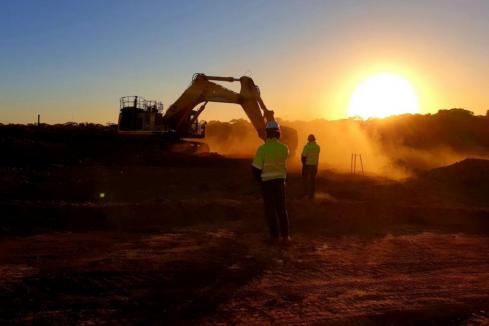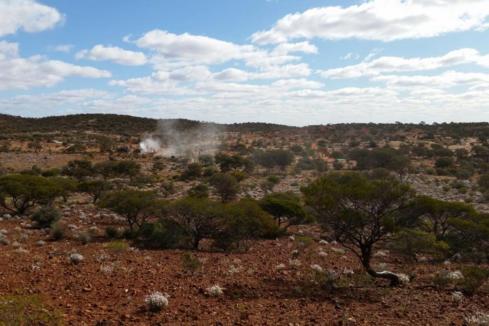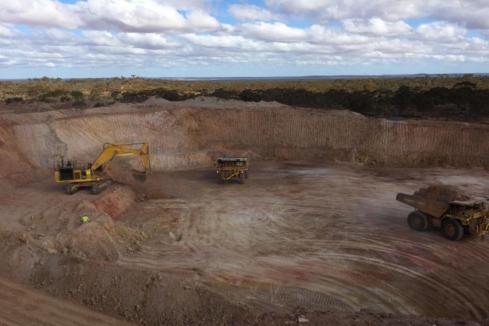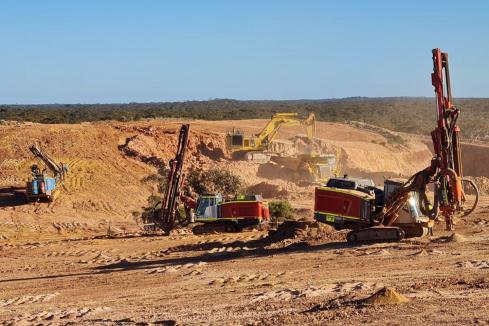After some unforeseen hiccups, Conico is now charging towards completion of a scoping study, which it says will now include new project optimisations aimed at enhancing economics at its Mt Thirsty project. While high workflow levels for key consultants slowed the study process, it expects it to be finished next month, with an updated mineral resource also on the way.

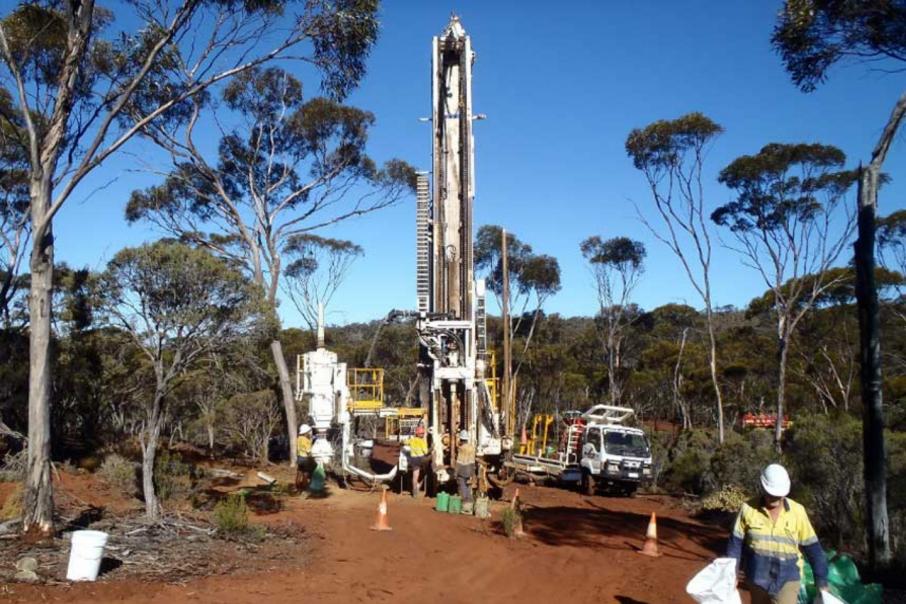
After some unforeseen hiccups, Conico is now charging towards completion of a scoping study, which it says will now include new project optimisations aimed at enhancing economics at its Mt Thirsty project near the Western Australian town of Norseman.
While high workflow levels for key consultants slowed the study process, it expects it to be finished next month, with an updated mineral resource also on the way. The study on the project, which it shares equally with Greenstone Resources, had originally been planned for delivery in July.
Management says new considerations contemplated during the extra time before completion will provide a solid foundation for progressing Mt Thirsty’s development options. The study will now incorporate the adoption of high-pressure acid leaching (HPAL) and the addition of a plant to produce a precursor cathode active material (pCAM).
Conico is assessing its options against other comparable HPAL projects, which typically attain respective cobalt and nickel recoveries of 90 per cent and 92 per cent. It is also delving further into pCAM, which typically qualifies for a sales price premium of about 50 per cent more than intermediate products such as mixed hydroxide precipitate (MHP) and mixed sulphide precipitate (MSP).
The Mt Thirsty cobalt-nickel-manganese-scandium project sits 16km north/north-west of Norseman and is supported by a good network of existing infrastructure. A previous prefeasibility study (PFS) on the project was completed in 2020 on a resource of 26.9 million tonnes at 0.126 per cent cobalt and 0.54 per cent nickel.
In April, the joint venture (JV) partners appointed a team of independent consultants to undertake an updated scoping study for the project, based on an updated JORC resource of 66.2 million tonnes at a grade of 0.06 per cent cobalt, 0.43 per cent nickel and 0.45 per cent manganese. The earlier PFS envisaged atmospheric leaching as the prime extraction method, which resulted in lower metal recoveries.
It was also completed during a time of subdued commodity prices, which further degraded the project’s potential when compared with cheaper international alternatives.
Now, in addition to the HPAL and pCAM enhancements, the JV is also considering the potentially positive implications of the scandium identified for the first time in the resource during last year’s drilling, with yielded intercepts of up to 78m at a grade 46.4 grams per tonne scandium from 3m.
Scandium is not a rare earth and is not one of the lanthanide series, but along with yttrium it shares some properties in common with other rare earths and has several important applications in modern technology. Its major use is in the production of alloys in the aerospace industry, in solid oxide fuel cells, in specialised lighting applications, ceramics, lasers and electronics and it is alloyed with aluminium for sporting goods production.
Scandium is one of the more expensive metals in routine commercial use and is often expressed as units of scandium oxide equivalent. In its oxide form, scandium currently commands a price of about $1.49 million a tonne and it may represent a valuable by-product revenue stream for Conico.
It is commonly extracted as a co-product with iron ore, other rare earths, titanium and zirconium in China, uranium in Kazakhstan and Ukraine, apatite (phosphorus) and uranium in Russia and with nickel in the Philippines.
The metal suffers a high price volatility due to it being almost exclusively a co-product of other operations that experience their own demand fluctuations. The global production of scandium oxide was between a mere 14 to 23 tonnes per year in 2020 –small in comparison to the global rare earth oxides market.
As a final consideration to be included in Conico’s new studies, is the potential significance of nickel sulphide mineralisation. In all, the company now seems more than ready to get its plans back on track.
Is your ASX-listed company doing something interesting? Contact: matt.birney@businessnews.com.au






